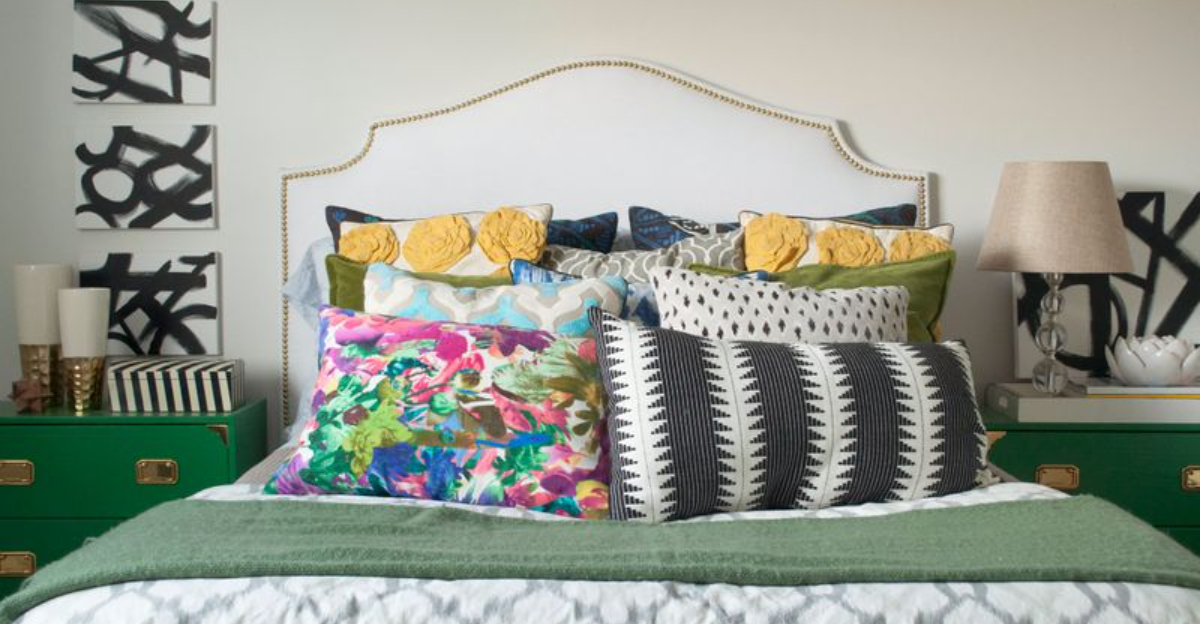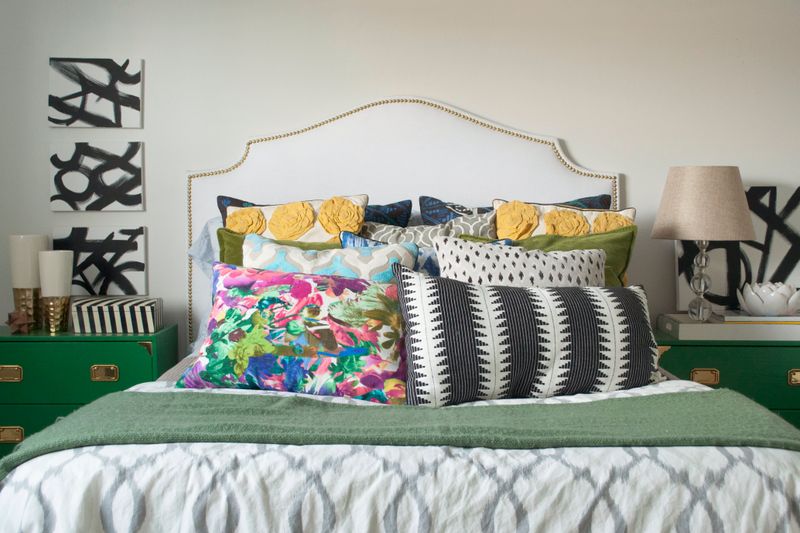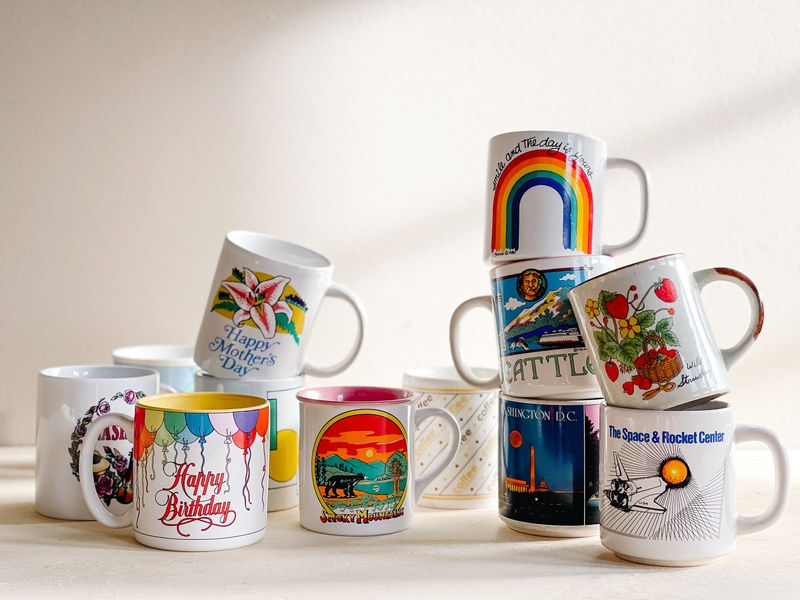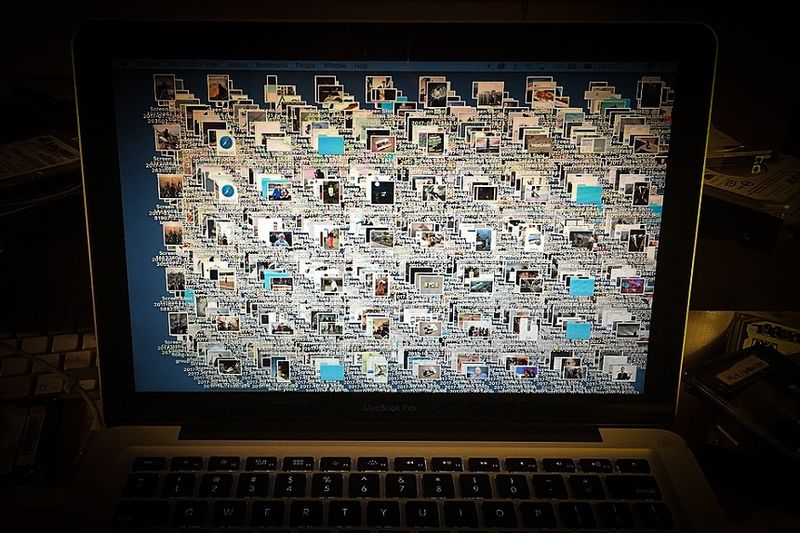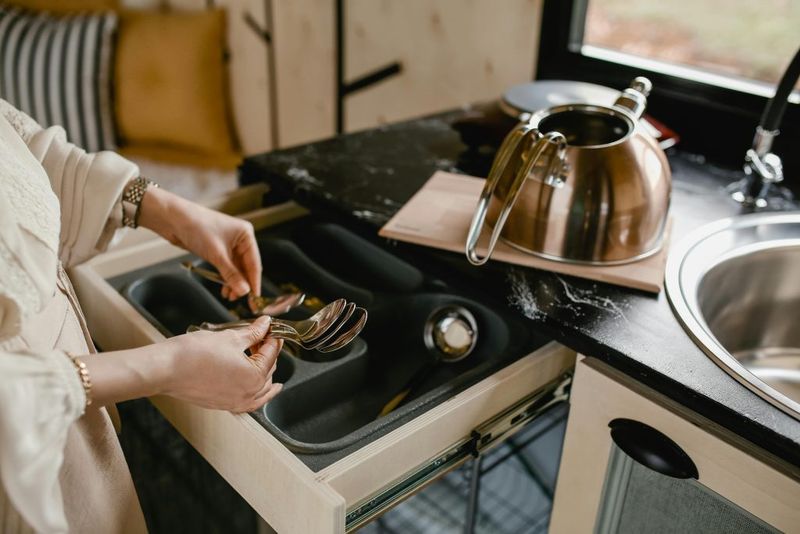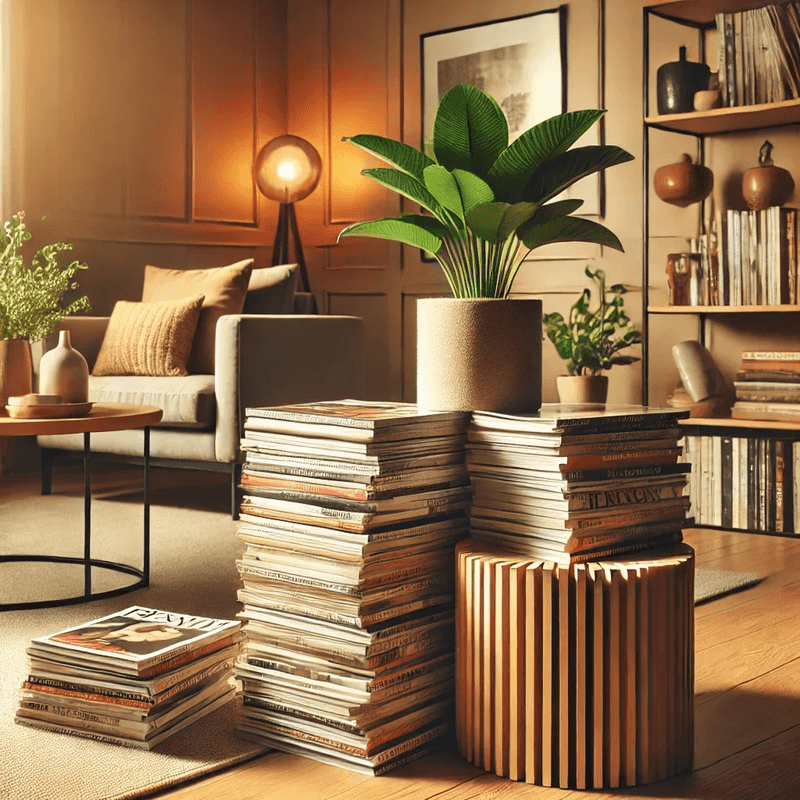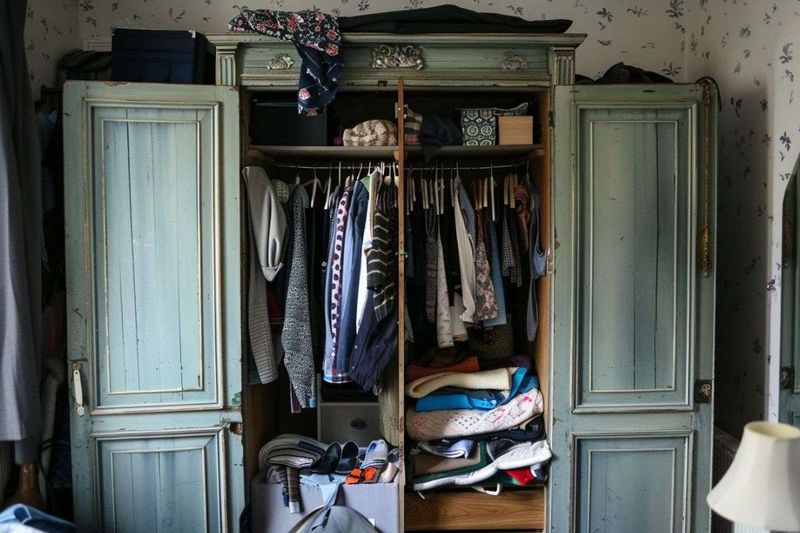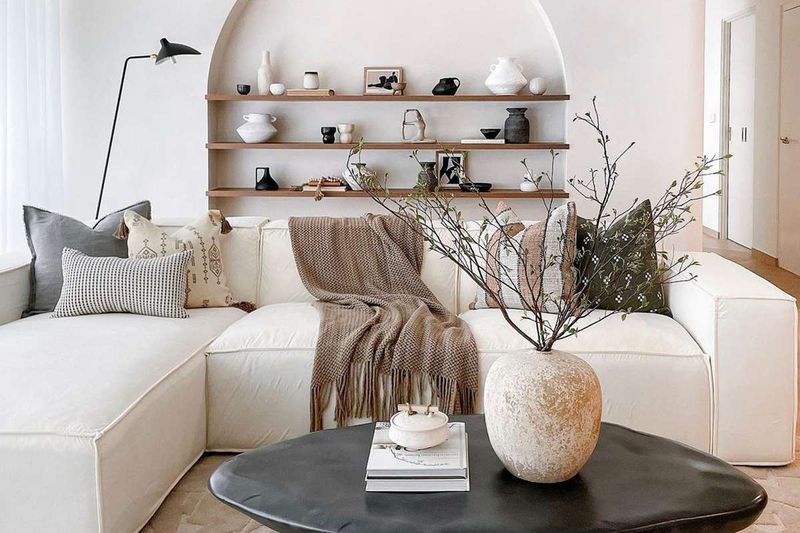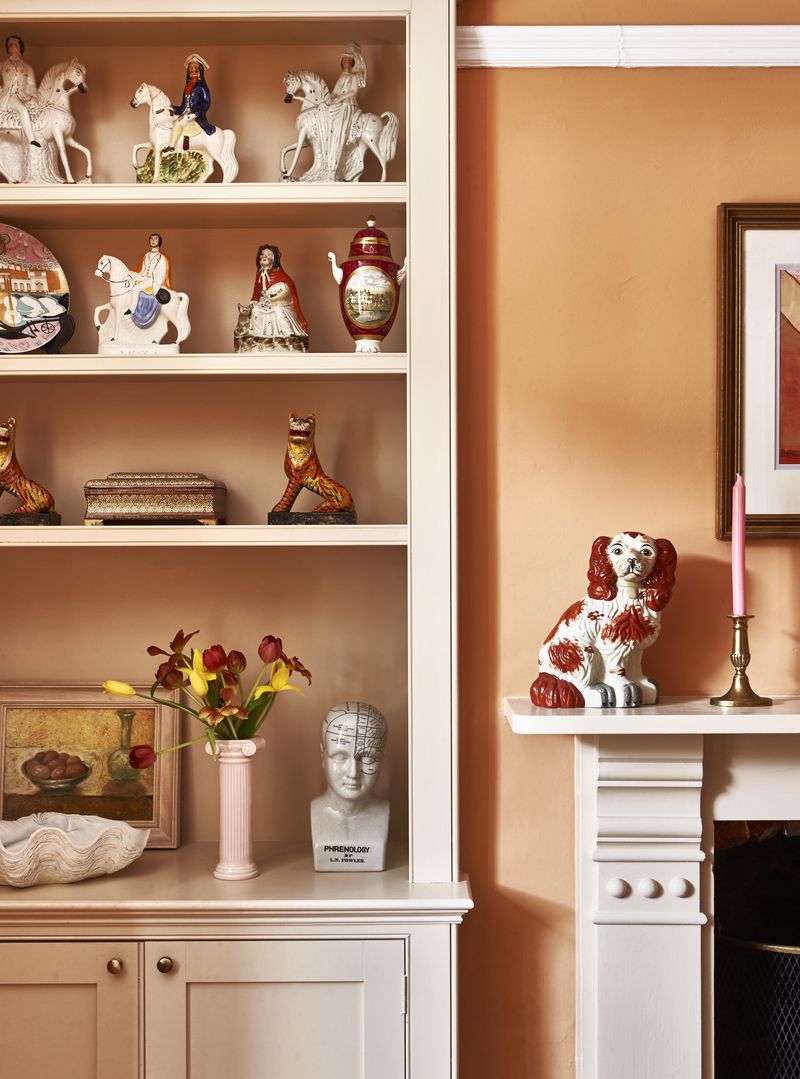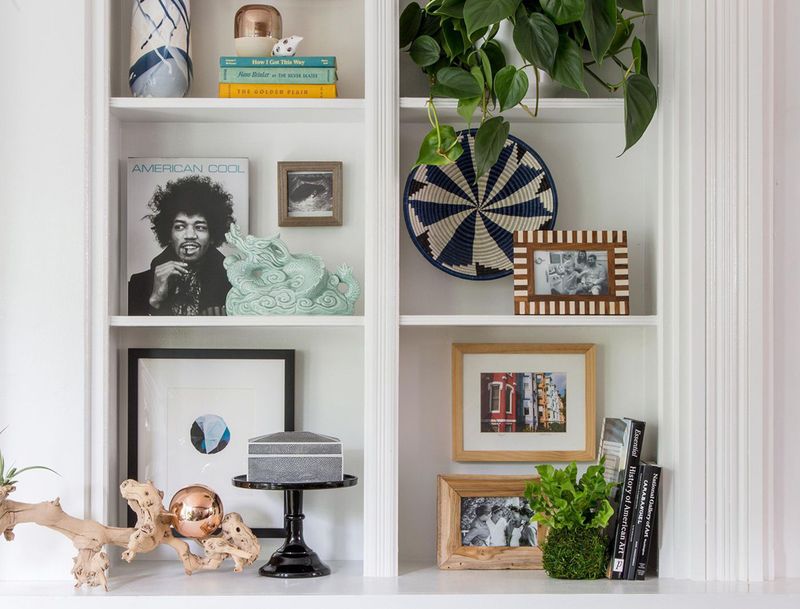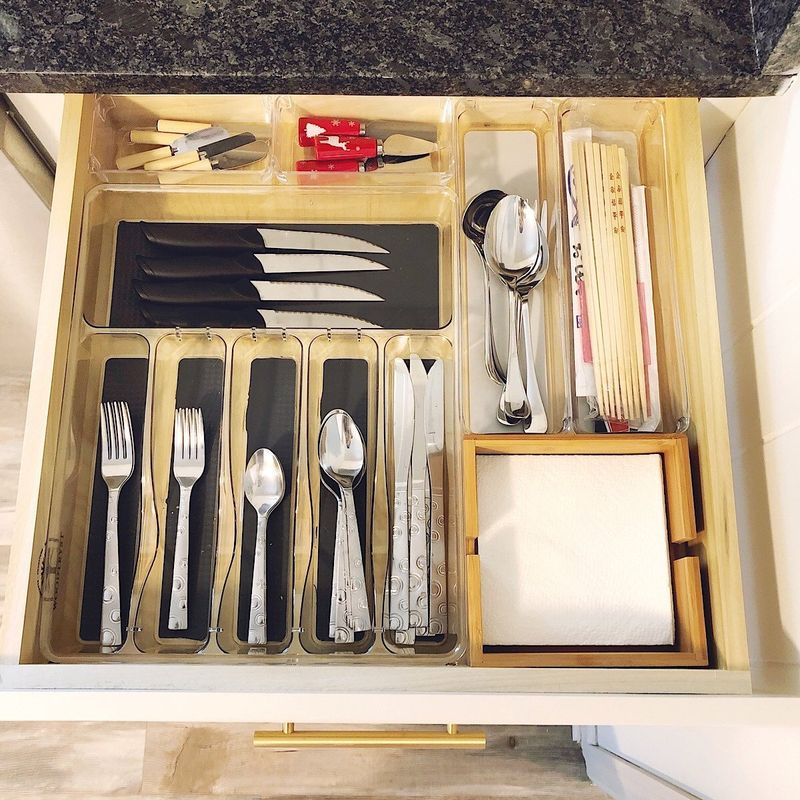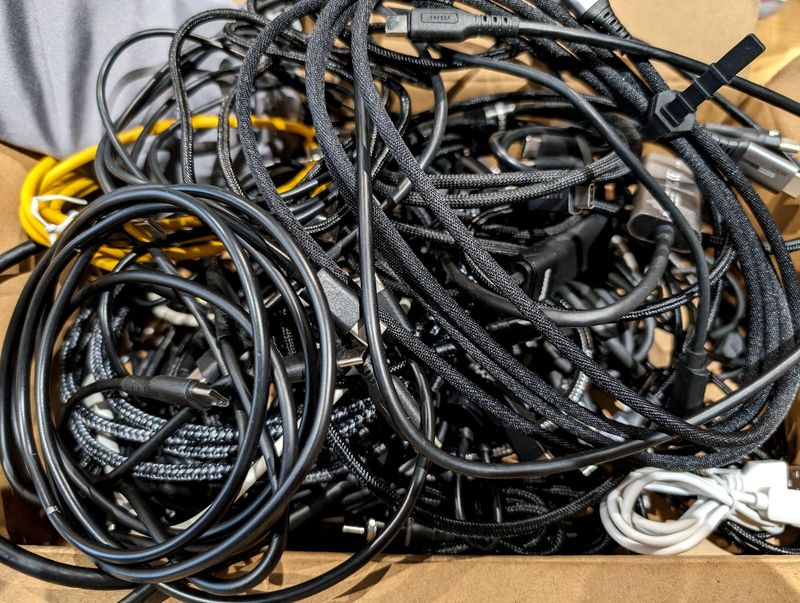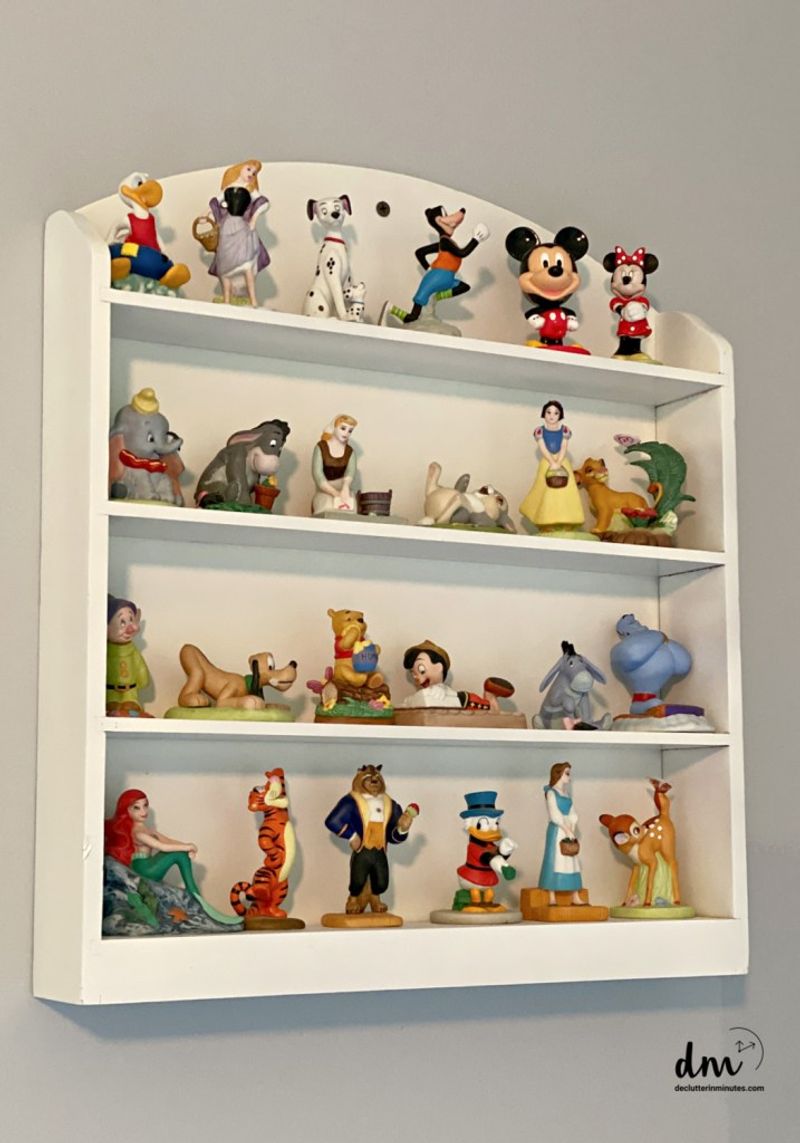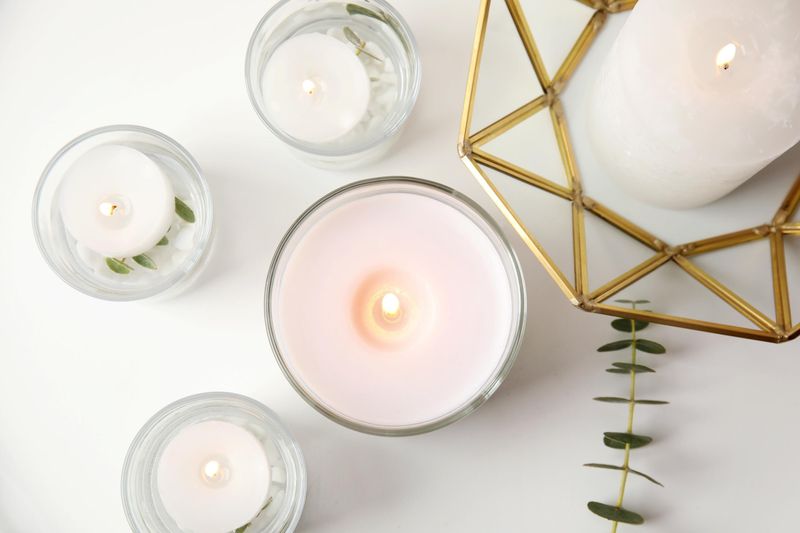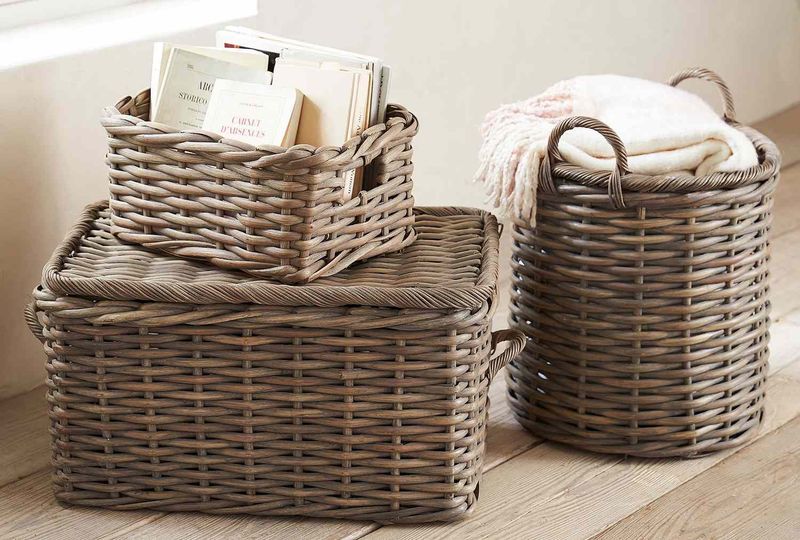Turning 30 hit me like a revelation – I suddenly saw my home through fresh eyes.
Years of collecting stuff had turned my space into a chaotic museum of my past rather than a sanctuary for my future.
Letting go wasn’t just about creating physical space; it was about making room for new experiences, growth, and peace of mind.
1. Excess Throw Pillows
Ever tried making your bed with seventeen decorative pillows? Pure madness! I had accumulated a mountain of them – some gifts, others impulse buys during seasonal sales.
Removing these unnecessary accessories freed up not just physical space, but eliminated a daily chore. Now my bedroom feels airier, and making my bed takes seconds instead of minutes.
2. Old Mismatched Mugs
Opening my cabinet used to trigger an avalanche of promotional mugs, chipped college souvenirs, and random gifts. None matched, few were loved, yet all demanded space.
Saying goodbye to this haphazard collection wasn’t just about tidiness—it was acknowledging that I deserved a morning ritual that felt intentional rather than chaotic.
3. Outdated Electronics
Remember that drawer of technological fossils? Mine contained three old phones, chargers for devices I no longer owned, and headphones with only one working ear.
Letting go of these outdated gadgets meant confronting my habit of keeping things “just in case.” The reality? That case never arrived, and meanwhile, these items were taking up valuable mental and physical real estate.
4. Unused Kitchen Gadgets
My kitchen drawers resembled a graveyard for single-purpose gadgets. The avocado slicer, egg separator, and banana hanger all promised to revolutionize my cooking life. Spoiler alert: they didn’t.
What these gadgets actually did was crowd out space for tools I genuinely used and created frustration every time I searched for a basic utensil.
5. Piles of Magazines
For years, I convinced myself those towering stacks of glossy magazines contained life-changing information I’d eventually revisit. The truth? They were just collecting dust and making me feel guilty.
Recycling these paper monuments to procrastination was surprisingly emotional. Each issue represented money spent and time I never found to enjoy them properly.
6. Clothes I Never Wore
My closet was a fashion time capsule—filled with “someday” clothes that never fit right or matched my actual lifestyle. Those skinny jeans from college? They weren’t suddenly going to feel comfortable after years of neglect.
Tackling this category meant confronting hard truths about body acceptance and realistic self-image. Why was I keeping clothes that made me feel bad every time I saw them?
7. Cheap Particleboard Furniture
Nothing screams “temporary life phase” quite like wobbly particleboard furniture. My apartment was full of these budget placeholders—a bookshelf threatening to collapse, a coffee table with peeling veneer.
Getting rid of these pieces was about more than aesthetics. It was acknowledging that at 30, I deserved surroundings that felt solid and intentional.
8. Decor I Didn’t Love
My walls and shelves were a hodgepodge of decorative items I’d accumulated without intention—generic canvas prints, figurines that meant nothing to me, and wall hangings chosen to fill space rather than spark joy.
Surrounding myself with these meaningless objects had a subtle but persistent negative effect on my well-being. They created visual noise without providing emotional nourishment.
9. Random Knickknacks
Where do they come from? Those mysterious little objects that multiply in drawers and on shelves—souvenir keychains, promotional stress balls, tiny figurines with no purpose or meaning.
Releasing these random bits was surprisingly challenging. Each seemed too insignificant to warrant decision-making energy, yet collectively they created significant clutter.
10. Expired Beauty Products
My bathroom cabinets held an embarrassing archive of beauty experiments—half-used moisturizers, special occasion makeup, and hair products that promised miracles but delivered disappointment.
Clearing out these expired potions forced me to confront my pattern of seeking transformation through purchases rather than self-acceptance. Most had barely been used before being abandoned for the next promising solution.
11. Duplicate Utensils
My utensil drawer was archaeological evidence of multiple moves and roommates—containing enough mismatched forks to host a convention and mysterious gadgets I couldn’t identify.
Why did I need seventeen spoons when I never entertained more than four people? The excess created daily friction as I rummaged through jumbled drawers just to find matching cutlery.
12. Tangled Cords and Chargers
Hidden in various drawers lurked the modern equivalent of Medusa—nests of tangled cords and chargers for devices long gone. USB cables from 2010, proprietary chargers for extinct electronics, and mysterious adapters for unknown purposes.
Sorting through this technological spaghetti was oddly emotional. Each cord represented money spent on devices that had become obsolete faster than expected.
13. Unnecessary Paperwork
My filing cabinet was a paper mausoleum—housing ancient bank statements, manuals for appliances I no longer owned, and warranties for products that had long since broken.
Tackling this category required research and courage. What did I legally need to keep? What could be safely digitized? What was truly just recycling waiting to happen?
14. Souvenirs Without Meaning
Somewhere along the way, I’d internalized the idea that purchasing location-themed trinkets was mandatory when traveling. My shelves displayed shot glasses from cities I barely remembered and miniature landmarks from trips taken years ago.
These dust-collecting items didn’t actually evoke meaningful memories. They were often purchased hastily at airport gift shops or tourist traps.
15. Stale Candles
My candle collection could have illuminated a small village during a power outage. Many were gifts, others impulse purchases during seasonal sales—most had lost their scent years ago.
These dusty vessels represented good intentions gone astray. They were meant to create atmosphere but instead created clutter and mild guilt whenever I noticed them unused.
16. Cluttering Baskets and Bins
Ironically, my organizational systems had become clutter themselves. Decorative baskets and bins multiplied across surfaces, creating the illusion of organization while actually enabling more accumulation.
These containers became catch-alls for items that deserved neither keeping nor displaying. Out of sight meant out of mind—until the baskets themselves became overwhelming.

